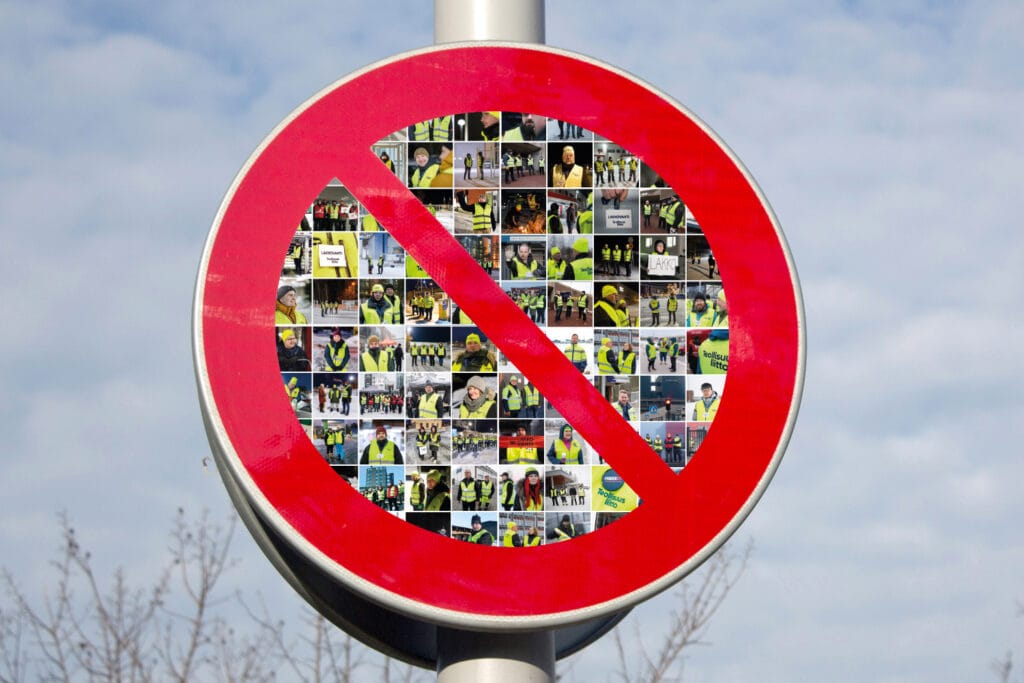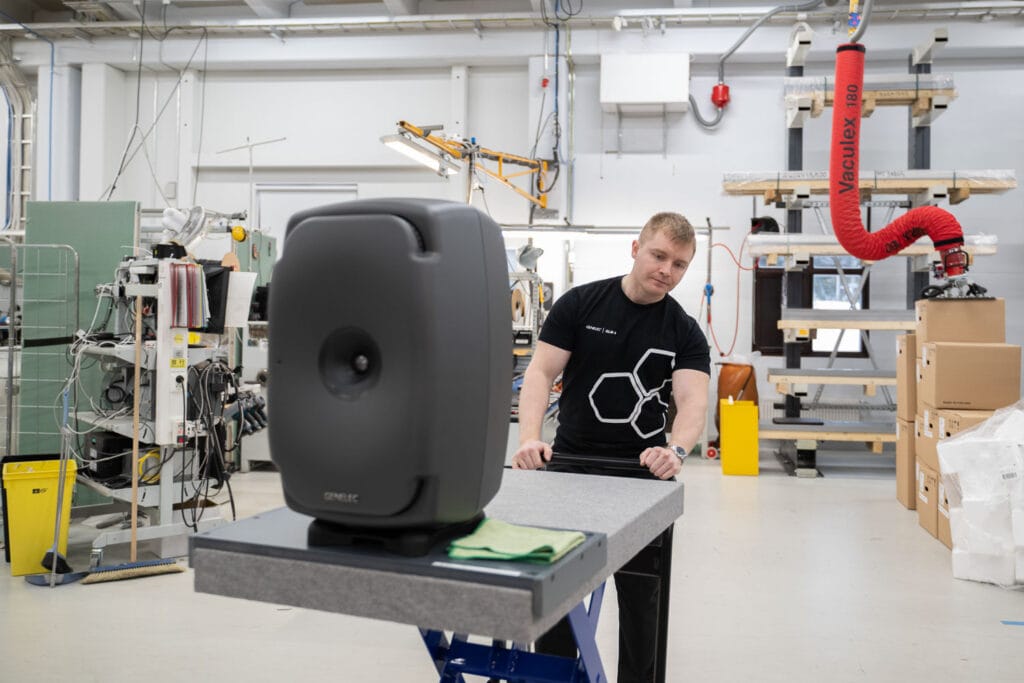How to deal with alcohol problems at the workplace?
Even in these times of coronavirus it is well to remember: alcohol is a real killer in Finland and the source of endless problems in working life. And it is not an occasional pandemic, it is a never ending problem.
17.6.2020
In 2018, a total of 1,683 persons died of alcohol-related diseases and alcohol poisonings, according to Statistics Finland. Out of these, 1,269 were men and 414 women. And these figures only include direct deaths caused by alcohol use.
Unfortunately, alcohol has a negative effect on human health in many other ways, too, like the higher risk of cancer.
Work and alcohol are not a winning combination. Industrial work today, in particular, demands a sharp mind and precise hand. There are several ways to confront and diminish alcohol-related problems at workplaces, either by official means or through less formal interventions.
Sometimes a direct question from a colleague can help, says Marjut Lumijärvi, the Health, Safety and Environment Officer at the Finnish Industrial Union in an article in Finnish in this magazine.
– A majority of those who stopped drinking, said in a certain survey that their first impulse to stop was down to the simple question of a colleague: Is everything fine with you?
To remain silent when seeing a colleague fighting with problems is not caring.
PLAN AND TREAT
On the formal side the law stipulates that measures must to be taken to predict and prevent health risks in the workplace. One way to do it is to draft a drug and alcohol abuse prevention plan.
The plan sets guidelines for the workplace to prevent and solve problems caused by alcohol and drug use. It describes the goals, practices, actions and the division of responsibilities when it comes to substance use prevention and referral for treatment.
This plan is not obligatory, but trade unions recommend drafting it. In 2019, SAK, the Central Organisation of Finnish Trade Unions conducted a survey for shop stewards.
Three out of four of those who responded from industry said their workplace did have a plan. And 71 per cent said that there have been alcohol-related problems at their work place.
The prevention plan becomes obligatory, as required by law, should an employer deem it necessary to request drug tests for employees.
To have the prevention plan makes the rules clear for everyone in the workplace. It explains what to do if someone is coming to work clearly intoxicated. And how to manage a problem head on. Also, ultimately, to offer help to the employee with a problem.
An important part of the system is referral for treatment (hoitoonohjaus). This is a procedure, whereby the occupational health care or manager tries to guide a person with problems through treatment.
It aims to sustain the ability to work and help people at the same time. Naturally, this will work better if the person seeks treatment voluntarily. If one refuses, and the problem continues, the workplace must then intervene.
The union shop steward and occupational safety and health representative can also help in these matters, confidentially.
TEXT HEIKKI JOKINEN
ILLUSTRATION TUOMAS IKONEN




